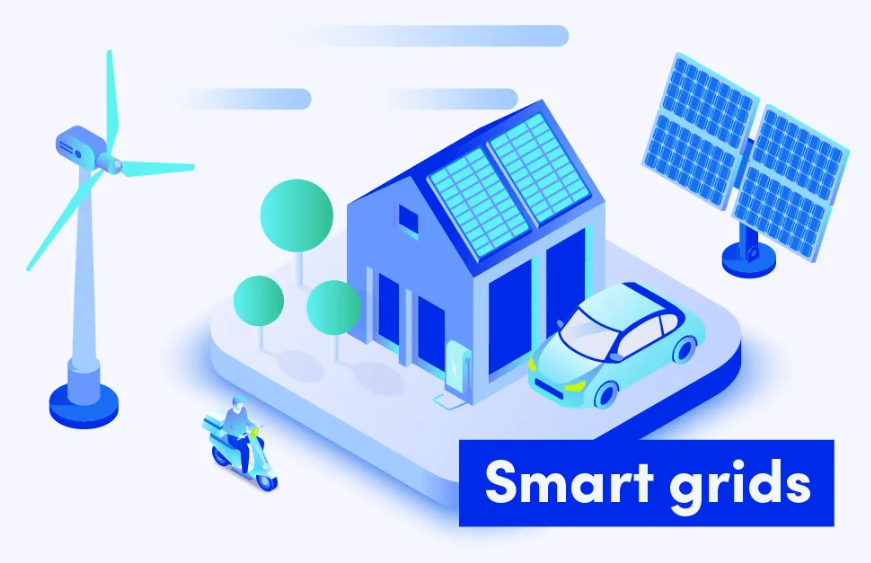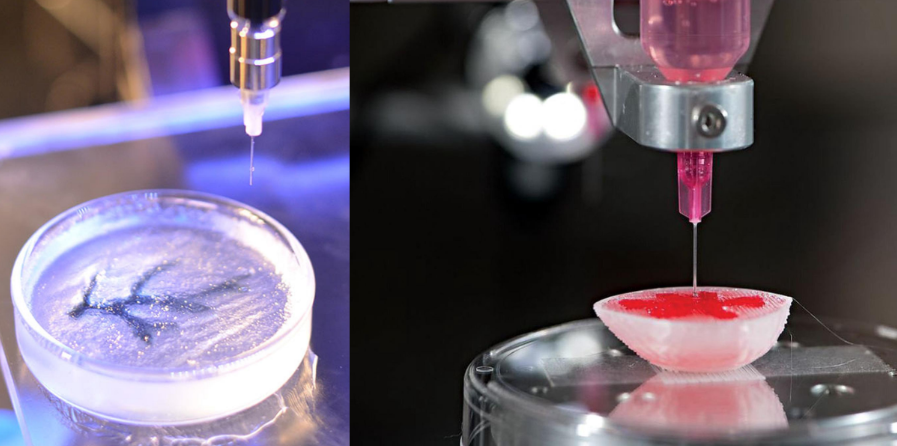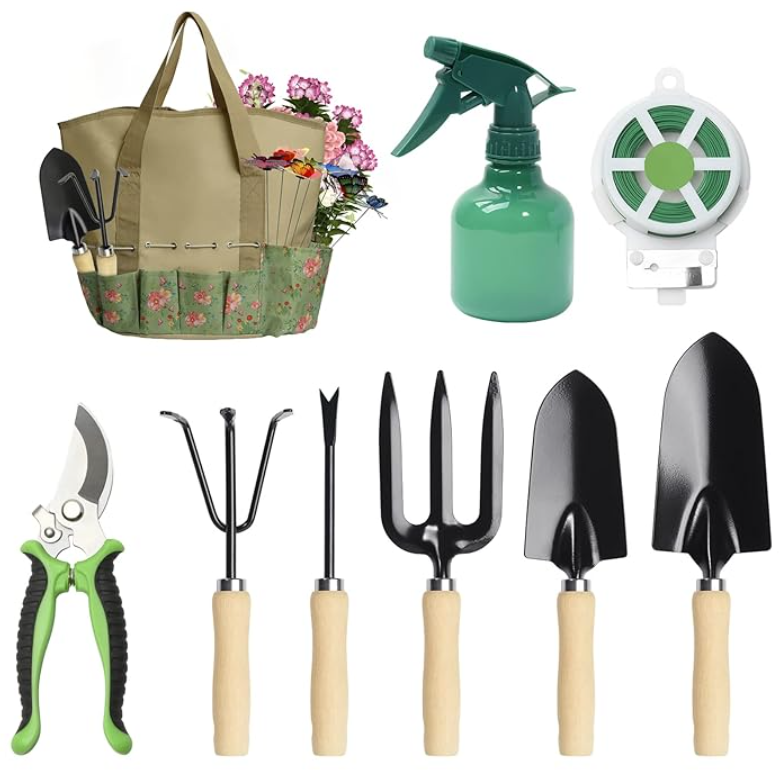Technology
Exploring the Different Applications of Drone Technology
Overview of the Drone Technology:
Drone technology is a blend of hardware and software that enables drones to take off, fly as well as land. Drones are small or medium-sized unmanned aerial vehicles (UAVs) that can be controlled remotely and are capable of flying autonomously. These drones are equipped with sensors, gyroscopes, rotors / fixed wings, and navigation systems.
Different types of drones such as single-rotor drones, multi-rotor drones, fixed-wing drones, and fixed-wing hybrid vertical takeoff and landing (VTOL) drones are utilized for various purposes based on their applications. Multi-rotor drones have a frame that branches out to incorporate multiple propellers and its designs include several model types that range from tricopters to octocopters. Single-rotor drones on the other hand resemble miniature helicopters, with one central propeller supporting the body. Fixed-wing drones rely on wings to lift into the air rather than rotors. These drones are typically large, fuel-powered models used by the military and require a runway to operate while the VTOL drones combine the capabilities of fixed-wing aircraft and VTOL aircraft. They can take off and land vertically without a runway and are known for its efficient, flexible, long-range flight.
Drones present a more cost-effective alternative to traditional methods of data collection and overall management. It eliminates the need for extensive manpower and equipment, thereby reducing operational costs. Additionally, the level of maintenance required for drones is relatively low, reducing the overall expenditure and time resources required for maintenance. The advanced sensors and GPS technology incorporated in drones allow the collection of highly precise data.
Different Uses of Drones:
Inspection:
Drones have drastically revolutionized the way inspection takes place across various sectors by providing a safer and more efficient method for evaluating the condition of various structures and areas. These drones are typically equipped with high-resolution cameras and sensors to capture detailed images and data and are extensively used for inspecting buildings, bridges, roads, and other infrastructure, identifying defects or potential maintenance issues that might be difficult or dangerous to reach for human inspectors.
In the energy sector, drones inspect power lines, wind turbines, and solar panels, reducing the risk of human injury and increasing operational efficiency. Different types of drones are also utilized in industrial settings, such as chemical plants or oil refineries, where manual inspections can pose health risks.
Management:
Drones are used for the management of various operations across different domains including construction, agriculture, and the management of different environmental factors. These are widely utilized in the management of traffic across different localities due to their capability to inspect roads with a higher traffic movement and thus identify the potholes or waterlogged sectors.
Additionally, drone technology is used in the management of crops as it provides crop information to farmers in real time, guiding them in undertaking corrective actions. Drones aid in monitoring large areas and identifying suspicious activities thus, their use for surveillance has become more common in recent times. The availability of various types of advanced drone management systems has enabled organizations to manage drone-based operations efficiently, streamline workflows, and provide a centralized database for information gathered during drone flights.
Construction:
The integration of drone technology in the construction and infrastructure sector has transformed the entire project life cycle. It helps various construction companies track construction progress regularly, streamline communication and decision-making, build in-depth maps and 3D models, and keep site workers out of hazardous areas. These drones provide a faster and safer alternative to traditional land-based surveying methods.
Additionally, drones enhance communication at construction sites. Real-time video data enables accurate and efficient information exchange among team members, eliminating communication problems that can arise with the use of radios and cell phones. Overall, this technology has proved to be a valuable tool that enhances project efficiency and safety.
Photography and Videography:
Drones have become increasingly popular in the field of photography and videography. Drone technology offers a unique perspective by capturing images and footage from angles that would otherwise be inaccessible or challenging to achieve using traditional methods. This provides a more dynamic and creative visual experience.
Drones provide a cost-effective alternative to traditional methods, as capturing aerial footage previously required the use of helicopters or planes. Furthermore, using drones for aerial photography and videography can be safer. Operators can capture footage from a safe distance without any harm.
Military and Defense:
Drones have become a crucial component of military and defense operations. The adoption of drones offers several advantages over traditional manned aircraft and ground-based systems. These are primarily utilized for surveillance and investigation missions, monitoring enemy movements, and providing real-time situational awareness, without putting human pilots at risk.
Drones equipped with advanced sensors, including cameras, infrared, or radar systems, can identify and track potential targets, providing valuable information to military decision-makers for planning and executing operations. Armed drones can carry and organize weapons, providing the military with the ability to conduct precision strikes against enemy targets, thereby reducing the risk to human pilots and allowing for more targeted and controlled use of force.
Follow us on LinkedIn - https://www.linkedin.com/company/xcellent-insights




